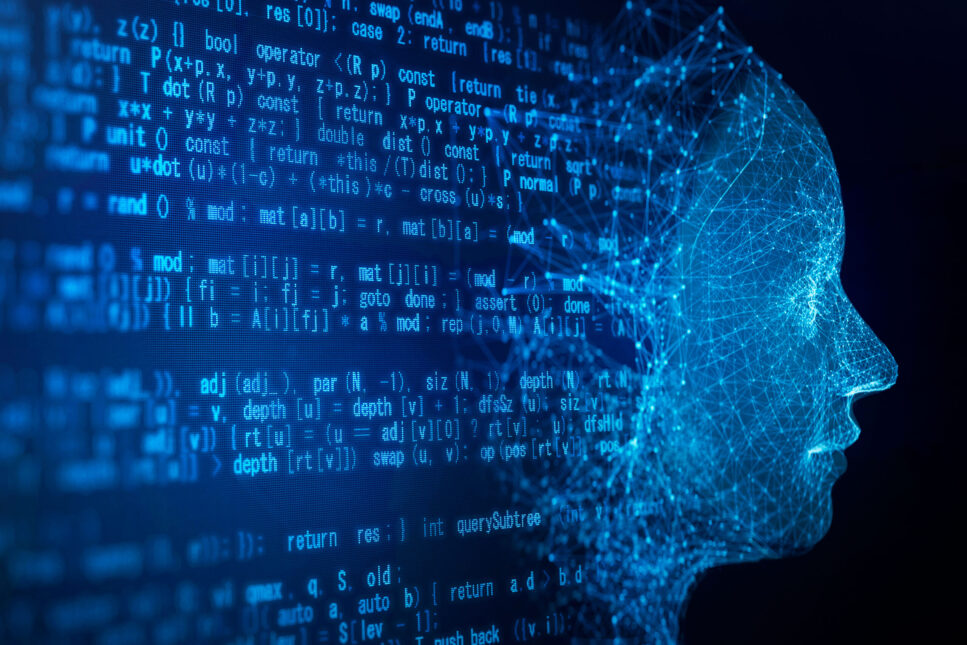This article is sponsored by Career Angel.ai!
The Next Big Thing Out of AI—And the Human Jobs That Will Survive It
Artificial intelligence isn’t just disrupting industries anymore—it’s restructuring the economy itself. The flashy era of chatbots and text generators is ending. What comes next is something deeper: autonomous economic intelligence—AI that manages capital, infrastructure, and operations with near-total independence.
But as this technology evolves from tool to teammate, one question still matters most: “Which jobs are actually safe?”
Let’s explore what’s coming next—and why some roles, from surgeons to pilots, will remain irreplaceably human.
1. AI That Runs Companies, Not Just Helps Them
The first generation of AI copilots made humans more efficient. The next will make companies self-running.
Imagine AI CFOs that forecast risk in real time, AI COOs that reroute logistics during geopolitical shocks, and AI HR systems that restructure teams automatically.
Platforms from Palantir (PLTR) to C3.ai (AI) are already building the frameworks for this transition. It’s not about replacing people—it’s about transferring authority from managers to algorithms.
2. Finance’s Next Leap: Autonomous Capital Management
The next big disruption in finance is AI-driven capital allocation—not just trading but strategic decision-making.
AI systems will soon manage balance sheets, hedge exposure, and time bond issuances dynamically based on data streams that no human could process. Firms like BlackRock (BLK) and Citadel are already integrating AI into their core decision engines.
This isn’t a trend—it’s the new architecture of global finance.
3. The AI Infrastructure Supercycle
The hardware layer is the unsung hero of the AI revolution. Over the next two years, trillions will pour into:
- GPUs and semiconductors: Nvidia, AMD, and Broadcom dominate.
- Data centers: Equinix and Digital Realty are expanding faster than ever.
- Power and cooling systems: Vertiv and Eaton are riding AI’s energy demands.
This isn’t hype. It’s the 21st-century version of railroads and steel.
4. AI That Moves Beyond Words—Into the Physical World
We’ve seen AI write and talk. The next stage is embodied intelligence: AI that interacts with the physical environment.
Tesla’s Optimus robot, Boston Dynamics’ logistics units, and DARPA’s defense prototypes are proof of concept.
The next wave of intelligence will move, build, and assist—not just compute.
And this brings us to one of the most fascinating human holdouts: pilots.
5. Why Pilots Are Still Safe in the AI Era
It’s tempting to assume aviation will go fully autonomous—but that misunderstands both technology and trust.
AI already plays a major role in flight systems: autopilot, fly-by-wire, terrain awareness, and performance monitoring. But modern aviation isn’t just about flying the airplane—it’s about managing uncertainty: weather, air traffic, system anomalies, human passengers, and regulatory complexity.
AI can assist, but it can’t reassure.
Here’s why pilots are safe—for now and for decades:
- Human judgment under pressure. When something fails 35,000 feet up, decisions must balance physics, emotion, and ethics. Machines aren’t built for that.
- Public confidence. Passengers trust a face in the cockpit. Commercial aviation is one of the few industries where automation has a psychological limit.
- Adaptability. Pilots must improvise within incomplete data—something no deterministic model fully replicates.
- Accountability. Legally and politically, aviation requires human oversight. Regulators from the FAA to ICAO still mandate human command authority.
That means while AI copilots will expand safety and efficiency, human pilots will remain mission-critical—especially in commercial, corporate, and military aviation.
Ironically, as AI improves, the value of skilled pilots may actually rise. Humans will fly fewer flights—but more complex ones.

6. The Jobs That Remain AI-Resistant
Pilots aren’t alone. The roles least threatened by AI all share one trait: they require emotional reasoning, physical presence, or moral judgment.
Safe (for now):
- Healthcare providers — Surgeons, nurses, and therapists blend precision with empathy.
- Tradespeople — Electricians, plumbers, and HVAC techs thrive on real-world problem-solving.
- Educators and tutors — Teaching involves motivation and mentorship, not just instruction.
- Creative strategists — AI can mimic art but not meaning. Humans still define culture.
- Negotiators and leaders — From CEOs to diplomats, influence remains human currency.
AI can analyze behavior. It can’t inspire it.
7. The Bigger Picture: Humans Will Manage Meaning, AI Will Manage Math
The next AI era won’t feel like sci-fi. It’ll feel like efficiency becoming invisible—a quiet hand guiding economics, logistics, and communication beneath the surface.
AI will manage the logic of systems; humans will manage their purpose.
That’s why pilots, teachers, doctors, and storytellers will outlast automation—not because they’re irreplaceable, but because they represent what can’t be optimized.
8. The Bottom Line: The Future Belongs to the Collaborators
AI won’t destroy human work—it’ll polarize it. Those who learn to collaborate with intelligent systems will rise; those who compete with them will fade.
The next trillion-dollar skill set isn’t coding—it’s context.
Knowing what to ask AI, when to trust it, and when to override it will define the next generation of leaders.
And when the world feels more automated than ever, remember: someone still has to land the plane.
DISCLAIMER: This analysis of the aforementioned stock security is in no way to be construed, understood, or seen as formal, professional, or any other form of investment advice. We are simply expressing our opinions regarding a publicly traded entity.
© 2025 MacroHint.com. All rights reserved